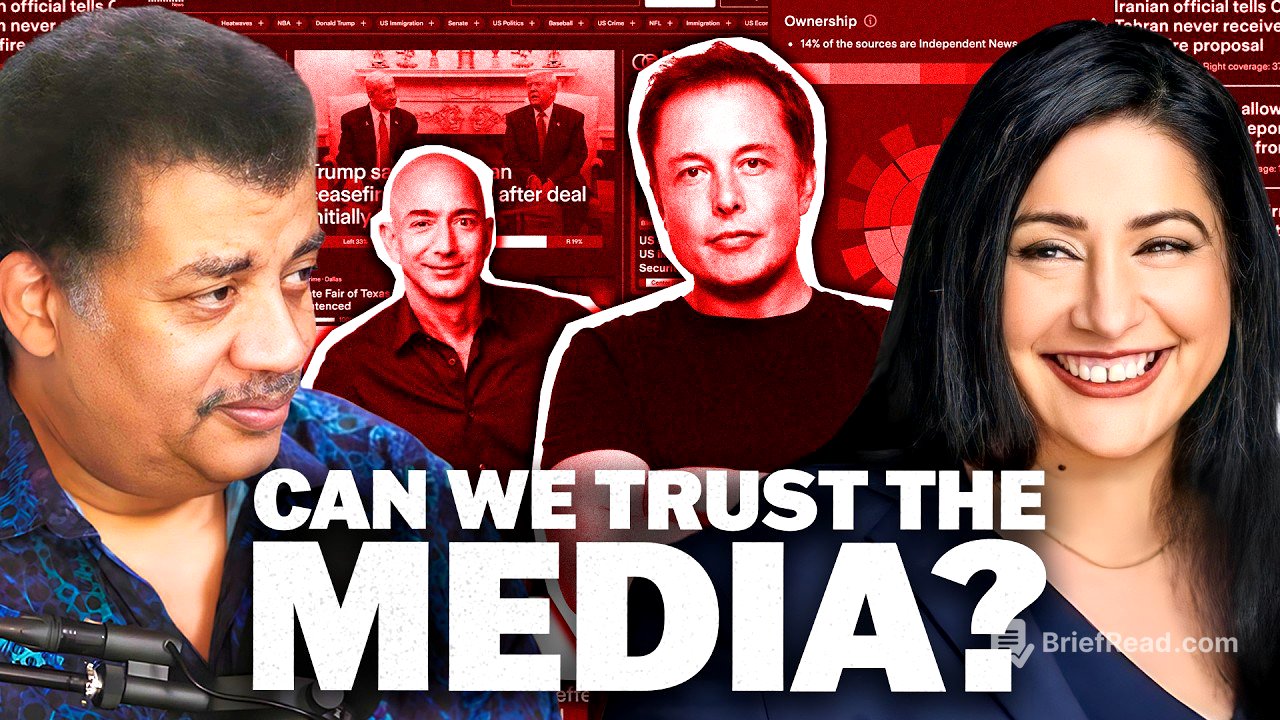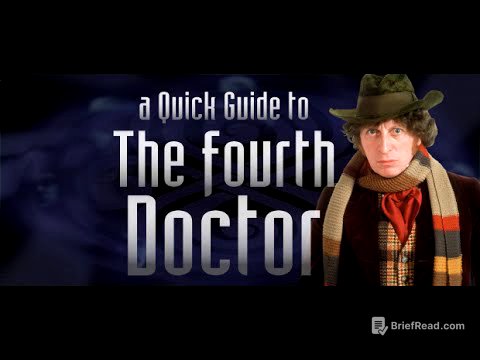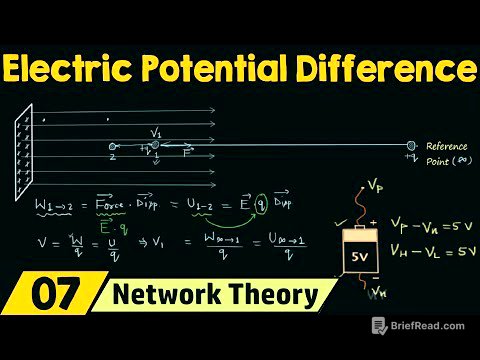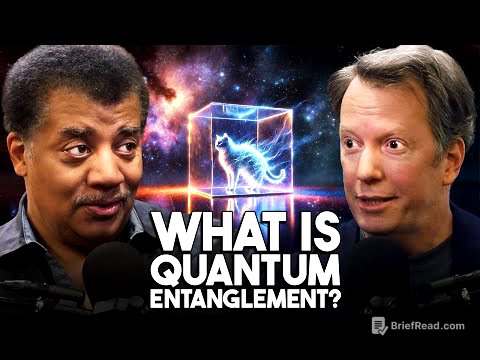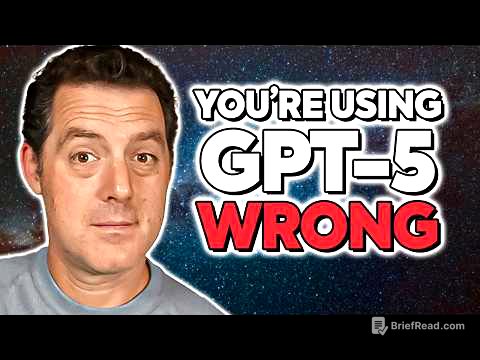TLDR;
This StarTalk episode features Neil deGrasse Tyson, Gary O'Reilly, and Harleen Kaur, CEO of Ground News, discussing the complexities of news consumption in the modern media landscape. They address issues such as bias, misinformation, the impact of revenue models on news, and potential solutions for improving media literacy. The conversation also explores the role of AI in news and the potential risks of deep fakes, ending with a cosmic perspective on the future of the internet as a reliable source of information.
- The fragmentation of news is driven by the repeal of the Fairness Doctrine and the shift to online and social media.
- News revenue models prioritize attention and engagement, leading to filter bubbles and echo chambers.
- Ground News aims to provide a neutral platform that presents multiple perspectives, empowering individuals to use critical thinking.
- AI has the potential to both help and hurt the news landscape, with deep fakes posing a significant threat to objective information.
Introduction: Harleen Kaur [0:00]
Neil deGrasse Tyson and Gary O'Reilly introduce the topic of the news and its current state, noting the shift from straightforward reporting to a constant, fragmented stream of information. They introduce Harleen Kaur, co-founder and CEO of Ground News, a platform designed to address bias in news by presenting multiple perspectives. Kaur, a former space engineer, explains that Ground News aims to provide an objective understanding of reality by showing different versions of the same news event from across the political spectrum.
Fixing the Broken Media Landscape [4:00]
Harleen Kaur explains Ground News' approach to news, describing how a single event is fragmented by the media landscape into various versions based on biases, agendas, funding, and audience considerations. Ground News aims to reverse engineer what happened by reconstituting these different versions, allowing users to see the full spectrum of coverage. This approach encourages critical thinking, a skill that is becoming increasingly rare as people rely on others' opinions and reinforce their cognitive biases by following sources that align with their views.
The Fairness Doctrine [7:20]
The discussion shifts to the historical context of news reporting, highlighting the Fairness Doctrine, which required broadcasters to present equitable and honest versions of events. The repeal of this doctrine during the Reagan administration led to the fragmentation of news, as there was no longer a legal obligation to show all sides of a story. The internet and social media further accelerated this fragmentation, leading to the current state where news outlets often present opinions without clear distinction.
Bias in the News [9:17]
Harleen Kaur explains how Ground News determines an outlet's bias by using third-party rating agencies that employ different methodologies, including crowd sourcing, expert analysis, and algorithms. The platform also analyzes how stories are framed, the topics covered, and the amount of time dedicated to each topic. A key indicator of bias is the lack of coverage of certain events, which can reveal an outlet's agenda.
Misinformation [11:11]
The conversation addresses the issue of misinformation and disinformation, emphasizing the challenge of ensuring access to objective information. Kaur explains that Ground News combats disinformation by showing multiple outlets commenting on a claim, including those correcting it. The platform also provides factuality ratings for news outlets based on their historical reporting practices, helping users assess the reliability of the information they are consuming.
Who Funds the News [15:14]
The discussion explores the impact of revenue models on news, noting that the shift to advertising-based models has incentivized outlets to retain attention by reinforcing cognitive biases and creating filter bubbles. News outlets now aim to "own" a specific demographic by consistently reinforcing their beliefs. In the past, TV news was funded by other programming and served as a public service, but now each news channel is a profit center, leading to biased reporting.
Media Literacy Tips & The Outrage Engine [18:25]
Harleen Kaur provides strategies for improving media literacy, including lateral reading (reading news from various sources) and following accounts on social media that present different viewpoints. Neil deGrasse Tyson shares his practice of watching Fox News to understand the perspectives of different demographics. The discussion also touches on the "outrage engine" of social media, where algorithms prioritize content that elicits strong emotional reactions to increase engagement.
Science in the News [25:03]
The conversation shifts to the use of science as a trigger in news and social media, where scientific information is often taken out of context to bolster arguments. Ground News addresses this by connecting news stories about studies to the full reports, allowing users to read the entirety of the research. The summaries are provided to give the full context of the study.
AI: Friend or Foe [28:21]
The potential of AI in news is discussed, with Kaur noting that AI can both help and hurt the news landscape. While AI can identify deep fakes and assist journalists in producing quality content, it can also be used to create synthetic headlines and spread misinformation. The biases in algorithms, such as those in facial recognition software, are also addressed, with companies actively working to correct these biases.
Is the Internet Broken for Good? [31:00]
The discussion explores whether responsible journalism can thrive given the dominance of major corporations and the unregulated nature of social media. Kaur believes that while there is amazing journalism being produced, it is often drowned out by noise. Ground News aims to help users dial down the noise and access quality reporting.
A Cosmic Perspective [33:46]
Neil deGrasse Tyson shares a cosmic perspective, expressing concern that as AI gets better at creating deep fakes, the internet may lose its credibility as a source of objective information. He worries that people will stop believing anything online, leading to the end of the internet as a reliable source and a return to traditional forms of communication. He thanks Harleen Kaur for her efforts to fix the world one reader at a time.
